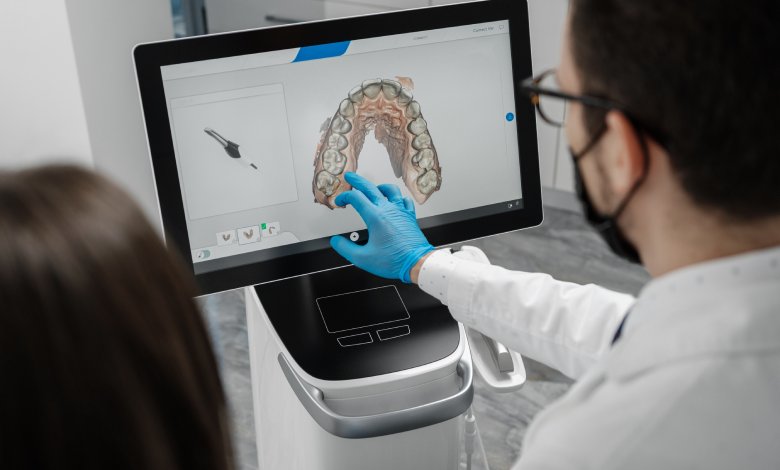
Denture Evolution: From Traditional Methods to 3D Printing
Dentures have come a long way since their early beginnings. Centuries ago, professionals crafted them from materials like wood, bone, and even ivory—functional solutions but hardly optimal. Over time, advancements in techniques and materials paved the way for modern dentures, which offered more durability and a better fit. However, even traditional methods have their limits, and that’s where cutting-edge technology like 3D printing steps in to redefine the game. Continue reading to explore the evolution of dentures.
Labor-Intensive Processes
For years, dental professionals have adhered to labor-intensive processes involving wax molds, hand-sculpting, and multiple fittings to create traditional dentures. Although this approach produced functional results, it was far from flawless. Patients often struggled with long wait times, discomfort from ill-fitting dentures, and complicated maintenance requirements. Limitations in material strength and design flexibility further highlighted the need for innovation to improve the patient experience and the workflow for dental professionals.
3D Printing Emergence
The emergence of 3D printing has revolutionized denture creation in ways that once seemed unimaginable for dentistry. Instead of traditional molds, dentists can now rely on digital scans to create precise designs tailored to each patient’s unique oral structure. This process eliminates guesswork and speeds up production, transforming what used to take weeks into a process that can be completed in mere days.
3D Printing Pros
3D printing excels because it offers superior accuracy, customization, and efficiency. Dental technicians can create dentures that fit so precisely that there is little need for extensive adjustments. The digital workflow means modifications are easy to implement at any stage. Additionally, this level of customization extends beyond initial denture creation. For example, it has become simpler to understand relining dentures with 3D printed digital techniques, providing enhanced precision and a better fit than traditional relining methods.
3D Printing Challenges
Despite its advantages, 3D printing still faces challenges. The upfront cost of equipment can appear daunting for smaller practices. Training staff to use the technology also requires time and resources. Furthermore, compatibility between different software and hardware systems can pose problems for some dental labs. However, these hurdles have not slowed down innovation. Industry leaders invest heavily in refining 3D printing systems, creating more affordable, user-friendly technologies that will inevitably reach a broader audience.
The evolution of dentures has taken the industry far and relies on 3D printing. With its ability to balance speed, precision, and customization, this technology marks a new chapter in dental care. Dentists willing to adopt these modern tools are not just improving workflows—they’re redefining what quality dental care looks like, one patient at a time.






